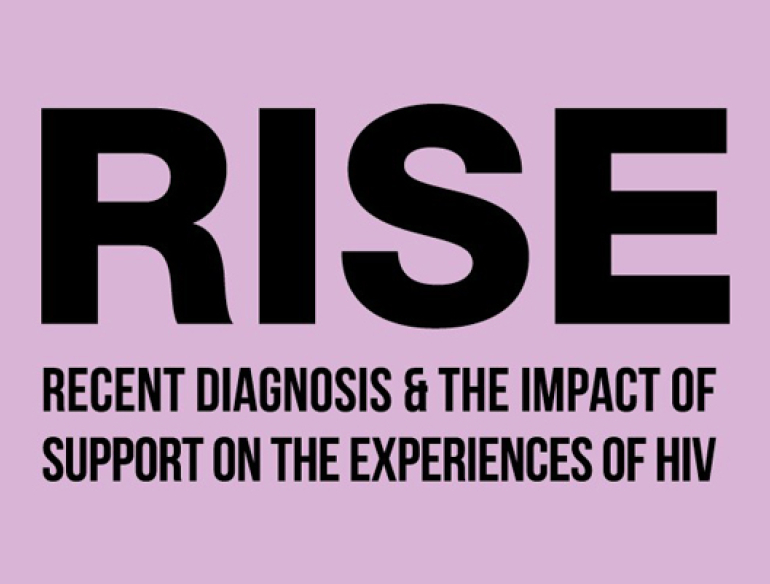Early initiation of HIV treatment has also become a key public health intervention, based on recent evidence confirming treatment suppresses the virus to undetectable levels, and thereby renders a person with HIV effectively non-infectious. However, by the end of 2015, only about two-thirds of PLHIV in the community were virally suppressed. Achieving viral suppression requires that a person diagnosed with HIV is linked into HIV specialist care soon after diagnosis, remains engaged in care, starts HIV treatment and remains adherent to the treatment regimen. National surveillance data indicate there are still considerable gaps at each of these steps, known as the continuum of care (or the HIV treatment cascade). Also, the relative contribution of clinical, psychosocial, and service-related factors (including community-led HIV support) to progression through the continuum of care is not well understood, limiting the ability of program managers to implement initiatives aimed at closing the gaps.
This research study aims to explore experiences of being diagnosed with HIV, as well as to investigate the impact of accessing HIV support services on people’s overall well-being, their access to HIV clinical care, and their uptake of HIV treatments. In addition, the study aims to identify contemporary factors associated with HIV infection.
This study brings together a partnership of researchers, health departments, clinicians and community organisations from all eight Australian jurisdictions. We will conduct implementation research that collects qualitative and quantitative data in a cohort study of recently diagnosed people living with HIV (PLHIV) to achieve the following aims:
- To determine factors associated with linkage to, and retention in, HIV specialist care.
- To determine factors associated with initiation of, and adherence to, antiretroviral therapy.
- To determine the relationship between:
- use of HIV care and support services;
- self-rated quality-of-life, mental-health status, and social connectedness; and
- engagement with HIV specialist care and use of antiretroviral therapy.
- To determine reasons that led to HIV infection, including reasons for not using HIV pre-exposure prophylaxis.
- To determine factors associated with changes in sexual behaviour after HIV diagnosis.
A prospective open observational cohort study. Quantitative self-report data will be collected online via a baseline survey and follow-up surveys at 6-month intervals (with an expected minimum 24 months follow up per participant). Qualitative data will be collected annually from a subset of cohort participants via an optional in-depth interview (face-to-face or telephone) study component/arm. Clinical data (incl. specific test results and prescriptions) will be collected routinely and extracted from a national surveillance database. Service-use data will be recorded by providers of support services
- ACON
- AIDS Action Council of the ACT
- Australasian Society for HIV, Viral Hepatitis and Sexual Health Medicine (ASHM)
- Australian Federation of AIDS Organisations (AFAO)
- Health departments of ACT, NSW, NT, QLD, SA, TAS, VIC, and WA
- Living Positive Victoria
- National Association of People with HIV Australia (NAPWHA)
- Northern Territory AIDS and Hepatitis Council (NTAHC)
- Positive Life NSW
- Queensland Positive People (QPP)
- Sexual Health Information Networking & Education (SHINE SA)
- Tasmanian Council on AIDS, Hepatitis & Related Diseases (TasCAHRD)
- WA AIDS Council (WAAC)

